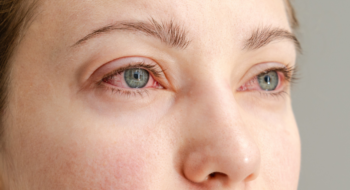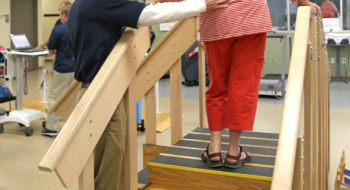One of the most important medical tests your newborn baby will undergo starts with a simple pin prick.
The so-called neonatal heel stick has been a staple of American labor and delivery wards since at least the 1960s, and remains to this day a key diagnostic tool for clinicians attempting to get a full picture of a newborn’s overall health.
While another test for newborns, the APGAR test, is applied right after birth to diagnose the immediate state of a newborn’s health–including such basics as respiration and heart rate–the neonatal heel prick is intended to look at bigger-picture issues. This tried-and-true blood test helps identify everything from cystic fibrosis and hypothyroidism to sickle cell disease and a variety of dietary conditions.
“It’s essentially a newborn screening,” explains Charity Wilburn, a nurse in the nursery at Tidelands Waccamaw Community Hospital. “The test allows us to look and see if your baby might have a rare metabolic disorder that our doctors and nurses might not see right away.”
As Wilburn suggests, the test’s importance lies in helping doctors diagnose otherwise invisible (at birth, at least) diseases and disorders.
Some of these issues are quite serious, so getting the results back in a timely manner is essential, Wilburn says.
“With some of these disorders, if you find out about them soon enough, they are treatable,” she explains. “By the same token, if you don’t find out about them right away, they can be deadly.”
The test itself is typically done 24-36 hours after a baby’s birth, and it’s both simple and quick. Typically, a nurse will prick the child’s heel to acquire several drops of blood that is collected on a special kind of paper and sent to the hospital’s lab. From there, the specimen is packaged and sent to the state Department of Health and Environmental Control, which screens all heel sticks conducted throughout South Carolina.
Obviously, since a needle is used for the prick, your baby may cry.
But the pain is temporary and given the stakes, it’s more than worth it, Wilburn says.
Parents typically receive the results of the heel prick test within several days from the child’s primary care provider.
“Most babies will come back with a clean bill of health,” she says. “But for those who don’t, getting that diagnosis quickly can literally make a lifetime of difference for that child.”





